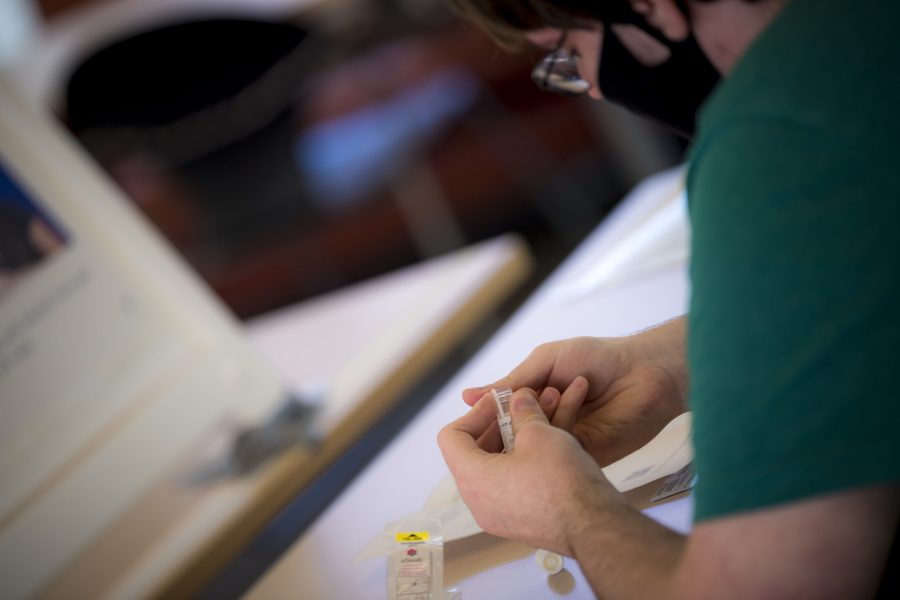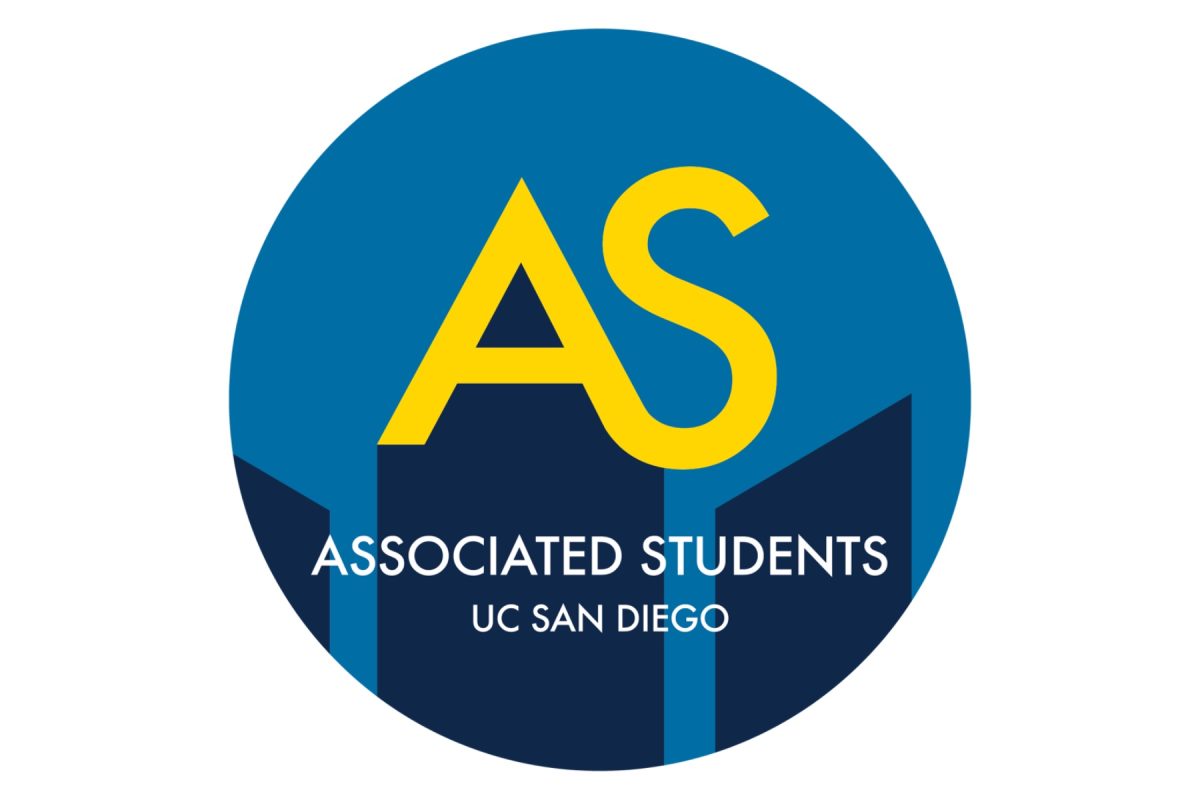In response to the COVID-19 pandemic, UC San Diego laid out the Return to Learn program to ensure the safety and wellbeing of students and faculty on campus by mitigating the spread of the virus. This includes required face-coverings, wastewater monitoring, frequent symptomatic and asymptomatic testing, case isolation, and contact tracing. Many facilities and resource centers are now either closed or at reduced capacity to follow COVID-19 safety protocols.
One of the most rigorous plans to curb the spread of the virus on a university campus in the United States, Return to Learn’s effectiveness will be tested in the coming year. The first hurdle to welcoming students back for Fall Quarter has yielded promising results.
As of Oct. 4, UCSD has tested over 18,000 students for COVID-19 and has concluded that only 89 of those students were positive for the virus, which is approximately 0.48 percent positive. According to cumulative summary reports maintained by UCSD Health, only 1 percent of the nearly 24,000 UCSD campus and health employees tested positive as of Sept. 26
Although once again open for students, on-campus housing has seen a downtick in residents. According to a San Diego Union Tribune article, approximately 5,700 students moved onto campus housing in the past few weeks but over 1,800 who had reservations did not show up. Housing Dining and Hospitality has developed new stringent COVID-19 rules such as wearing a mask when inside the common space of your own unit, further staggering the move-in process, and minimizing large congregations of people.
“[UCSD’s move-in plan] was up and down,” Thurgood Marshall College sophomore Sam Ivezich said. “They have a pretty solid plan, but I can’t really say the same for the execution. There’s some pretty hefty rules, but they seem to be broken pretty often by students on campus. They’re even threatening suspension and cancellation of the housing contract if you’re caught with too many people in your space who don’t live there, but it’s a little unclear what the official standings or punishments are for certain things.”
UCSD has set-up designated facilities for on and off-campus students to be tested periodically for the virus. As of Sept. 29, students living on campus are required to take asymptomatic COVID-19 tests every two weeks with no more than 16 days in between each test. All students residing in the greater San Diego area are recommended to take daily symptom and exposure screenings.
Students living on or near campus who have symptoms of COVID-19 can be tested for free, regardless of healthcare provider, at Student Health Services or any UCSD Health location. Students without symptoms who want a test may schedule with the university to do so and are encouraged to get retested in 12 to 16 days.
If tested positive with symptoms, please seek medical attention. Asymptomatic individuals should self-quarantine for at least 14 days to ensure that they do not spread the virus.
UCSD has made available specialized isolation housing for on-campus individuals who have tested positive. They would live there at no additional cost to their housing contract for the recommended isolation period while being provided with meals three times a day. Meals will be billed accordingly to the individual’s UCSD housing account.
“Our Return to Learn approach is guided by three key pillars: risk mitigation, virus detection and intervention,” UCSD Chancellor Pradeep Khosla said in a press release. “During the spring and summer, we successfully tested this approach on our campus with limited number of students, researchers, faculty and staff. The adaptability of our plan is key to our continued success. If necessary, our campus operations will shift should we see significant changes in the public health of our campus or of the larger San Diego community.”
To promote more efficient contact tracing, the state of California has developed new software with Apple and Android phones to alert individuals if they have come into contact with someone who tested positive for the coronavirus. The California Notify Program is still in its pilot but it is now being used to inform people of possible exposure.
Although most facilities and student resources are still available, many are at reduced capacity or have closed offices. The Financial Aid and Scholarships Office has limited availability for visitation and highly recommends that students schedule an appointment for virtual counseling rather than going to the office in person. Telephone hours have also been reduced to only Tuesdays and Thursdays from 9 a.m. to 2 p.m.
However, Counseling and Psychological Services continues to be fully operational in order to support students with their mental health. Although meetings will be conducted via video or phone, the office has extended their hours to be more flexible to students’ schedules and differences in time zones.
UCSD Dining Halls, other common areas, and transportation will follow typical San Diego public health orders to maintain social distancing and a clean environment through frequent sanitation. Dining Halls now have shortened hours and require that students order on the mobile app Triton2Go and enter the building only when the food is ready. When using UCSD facilities, it is always recommended that students keep a 6-foot distance from others and wear a facial cover.
UCSD Recreation has developed the Return to Rec program for students to register for free temporary membership to use select facilities on a reservation-basis. Various rules are set depending on the facilities used and the nature of the workout, but all information can be found on the aforementioned website.
All student resource centers, including Raza, Black, Women, LGBTQ, and Cross Cultural Resource Centers, are closed until further notice due to coronavirus concerns. However, all can be reached via their respective emails or on social media.
“It feels different [to return to UCSD], but nice,” Ivezich said. “It’s nice to see things start to kind of build back up again after everything just sort of ended last year. It sucks not being able to have as much of a social sphere and do things in person still, but it is nice to see people after a while, even if distanced. The biggest positive is that nothing has a giant line anymore since campus is at quarter capacity. Although most of my classes are online, it at least feels more like school rather than just doing everything at home.”
To learn more about UCSD’s Return to Learn program, please visit their website. If you would like to receive possible exposure notifications, refer to California COVID Notify.
If you or another UCSD student would like to take an asymptomatic test, you can schedule an appointment with the university for free. If a family member or friend not a part of the UCSD community is concerned about having the coronavirus, please contact your healthcare provider and get tested at one of the locations listed on the San Diego county website.
Photo taken by Erik Jepsen for UC San Diego.















Klais Surik • Nov 20, 2020 at 1:24 pm
Many students now necessarily need psychological help because of what is happening in the world. That’s why it is necessary to think about how you can easily look and see the details of how you can easily find online chat therapist . That’s how I get psychological help at home, just connected the Internet, and communicate with the psychologist. I hope that I will be able to help someone.